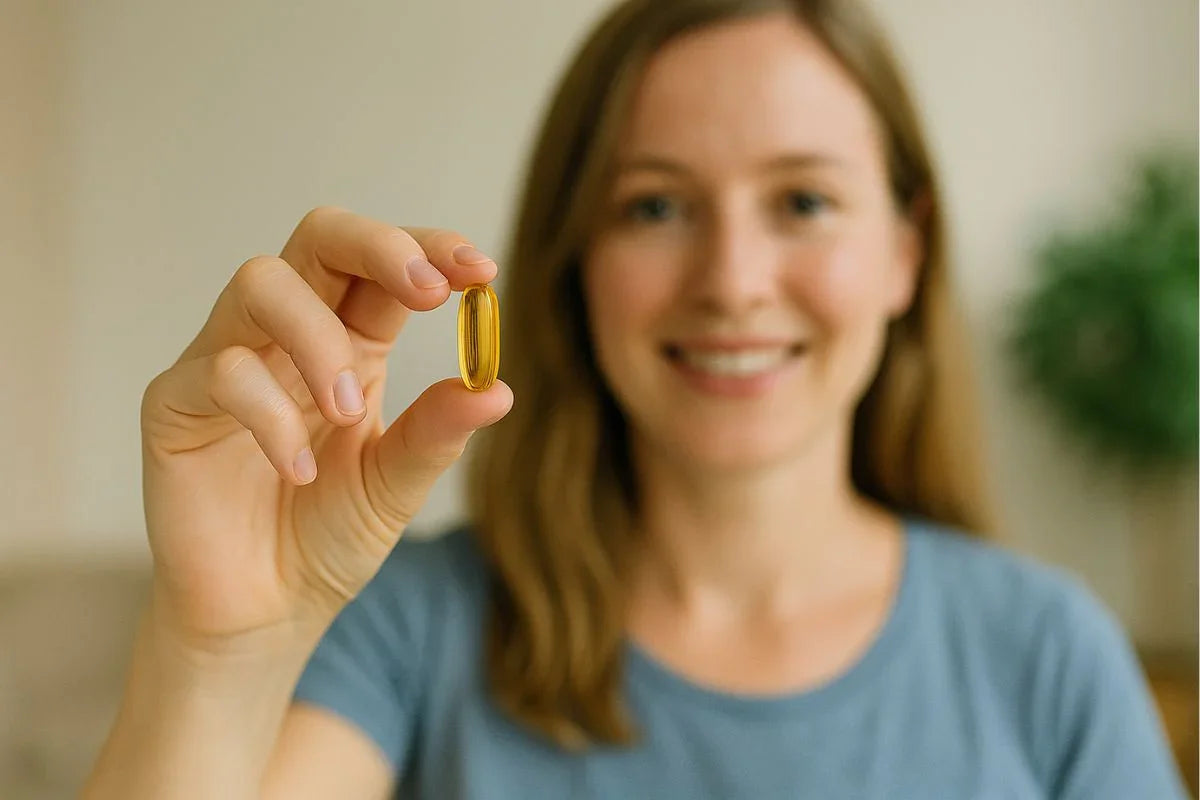
What is Agmatine sulfate?
All active ingredients used in dietary supplements are interesting and have their purpose. But every now and then, a supplement emerges whose value has been underestimated by researchers. Looking at the publications and studies on Agmatine, it becomes clear that agmatine is one of those underestimated supplements. Agmatine sulfate is one of these remarkable compounds that you may not have heard of before!
Known for over 100 years
In 1910, agmatine was discovered by Nobel Prize laureate Albrecht Kossel. The body produces it from the amino acid L-arginine. It is especially abundant in the intestines, where the gut microbiota are an important source of agmatine production. In addition to the body’s own synthesis, we also obtain agmatine from food. Plants, fish, and meat all contain varying concentrations of agmatine.
Physiologically active
From the intestines, agmatine is distributed throughout the body, including the nervous system. Its effects are unique, because unlike, for example, B vitamins or antioxidants, it has a very broad range of activity.
The action is expressed simultaneously through multiple biochemical pathways. Agmatine is therefore without a doubt physiologically active. Influencing biochemistry through multiple routes is a perfect fit for a complex system such as the human body.
"Agmatine acts as a 'magic shotgun' capable of supporting numerous complex systems simultaneously"
Nootropic, ergogenic, and nutraceutical
Agmatine’s activity resembles that of its “parent molecule” L-arginine but is far more extensive and profound. It can be used as a nootropic, ergogenic, and nutraceutical supplement. As an ergogenic aid, it became popular in the strength training world due to its connection with nitric oxide. For more health-oriented individuals, the roles as a nootropic and nutraceutical are especially interesting, involving the neurotransmitter system and polyamine metabolism.
Polyamines highlighted
Polyamines are basic molecules present throughout the body. They are involved in vital cellular processes such as energy metabolism. The only polyamines humans can synthesize are putrescine, spermidine, and spermine. In recent years, scientific interest in polyamines has grown because of their importance for health. Since polyamine production declines with age, eating polyamine-rich foods (such as plants) or supplementation becomes increasingly important.
R-Alpha Lipoic Acid and Agmatine
The combination of R-alpha lipoic acid, biotin, and agmatine is widely used due to its natural synergy. All three substances have specific interactions with the nervous system, and various dosing combinations are possible depending on individual responses.
Agmatine is safe
Agmatine is a safe nutraceutical. Long-term safety data are available, and among hundreds of thousands if not millions of users, no serious side effects have been reported. The recommended intake ranges from 1000 mg to 2500 mg per day.


